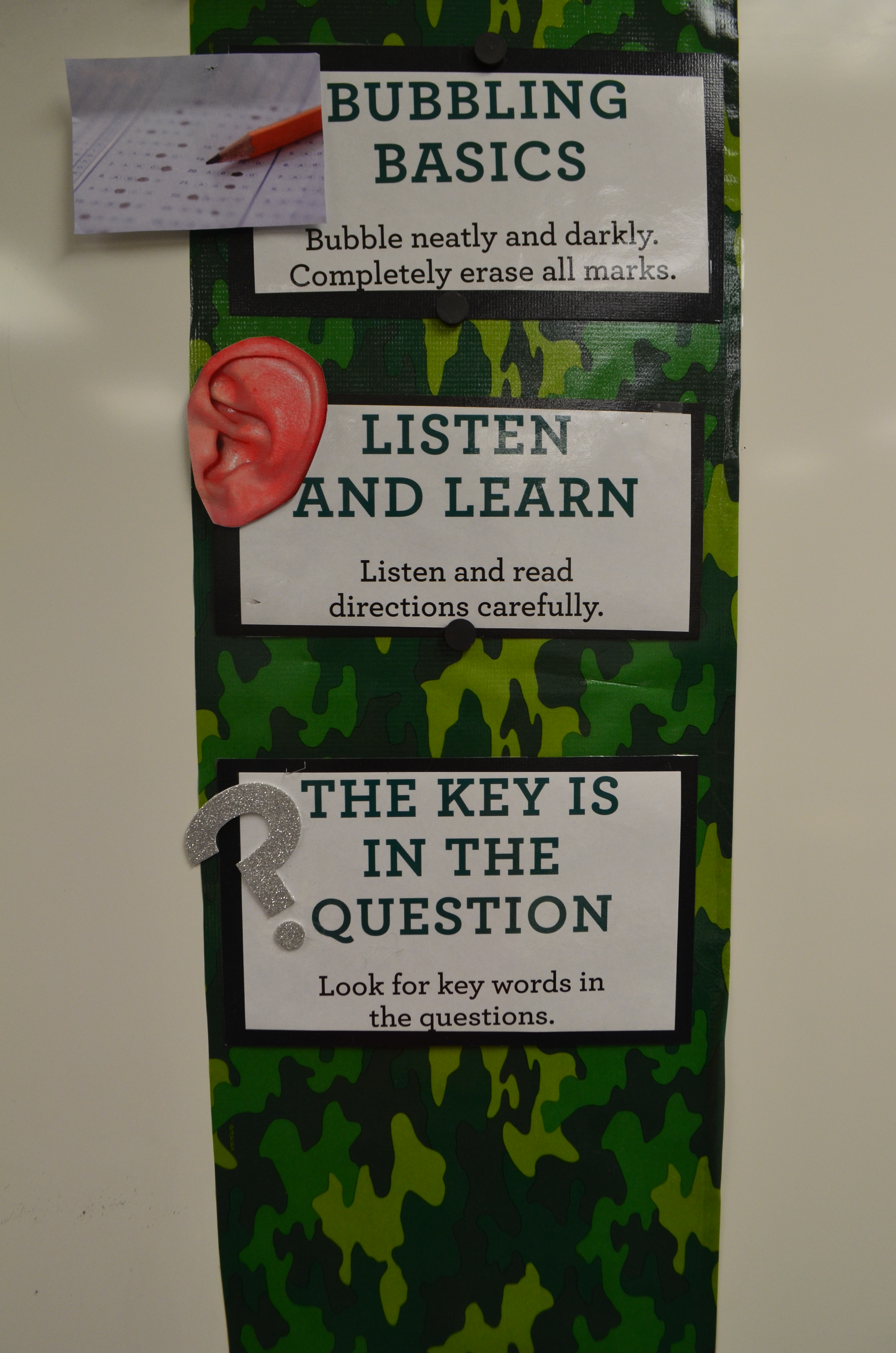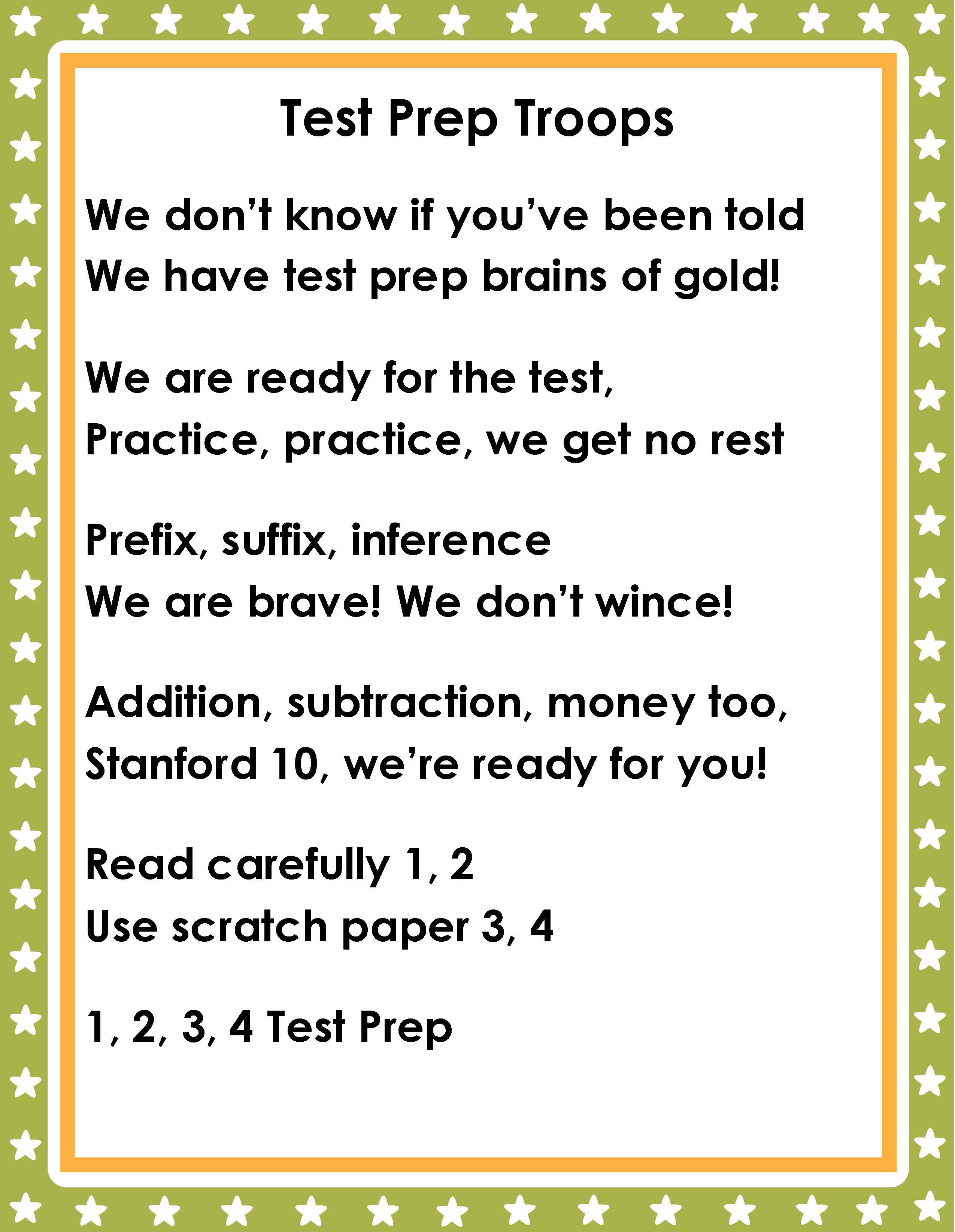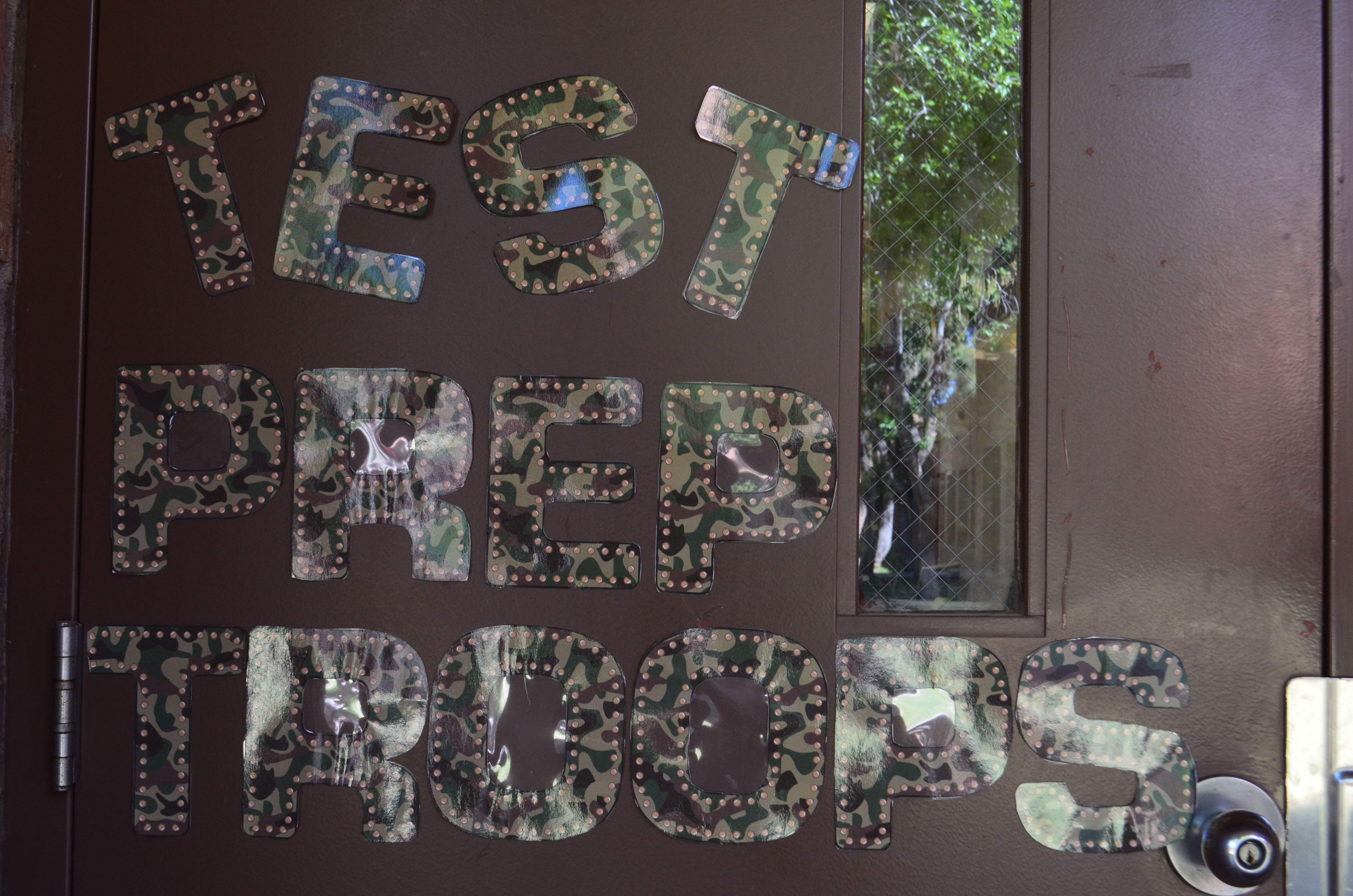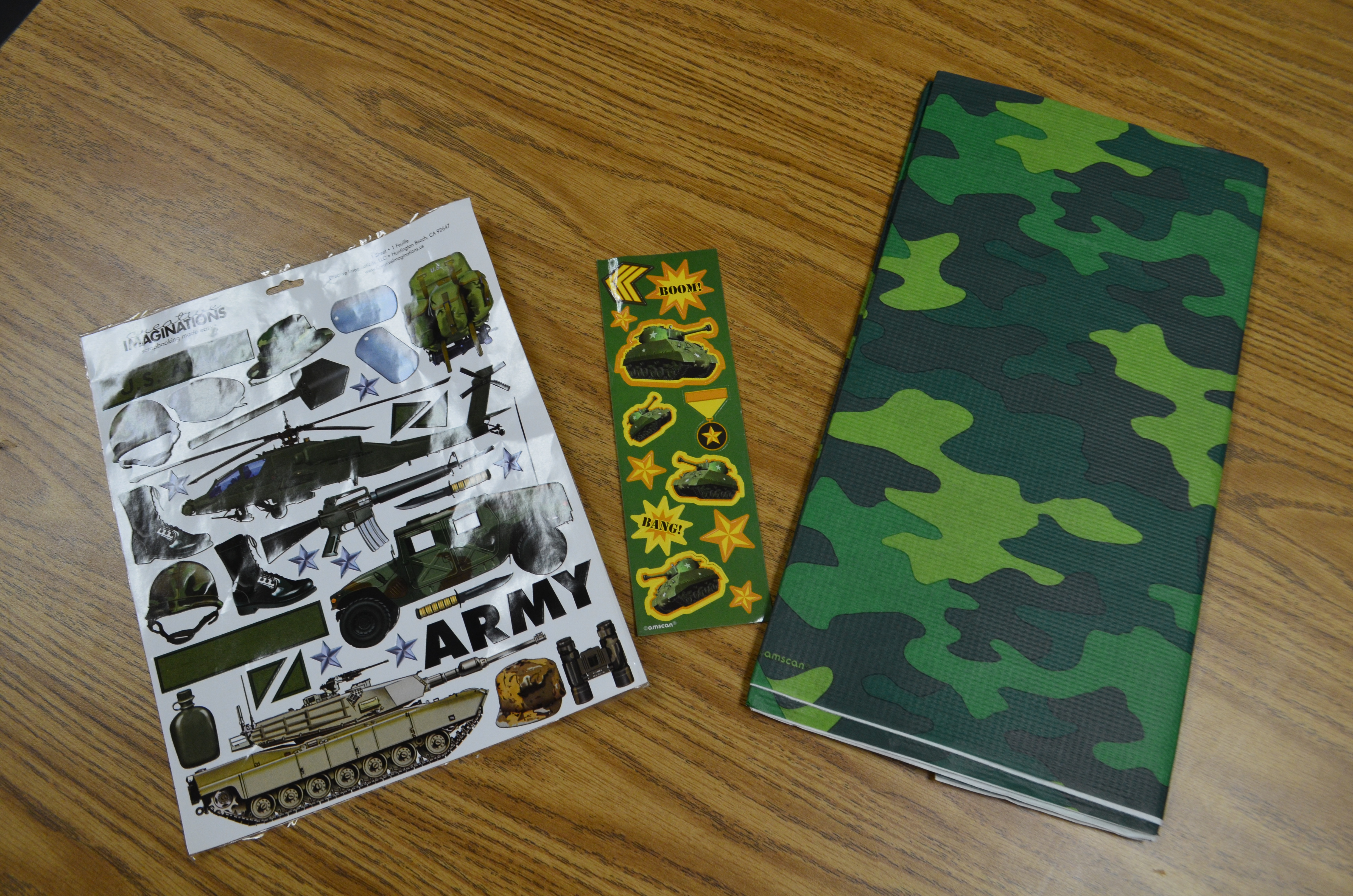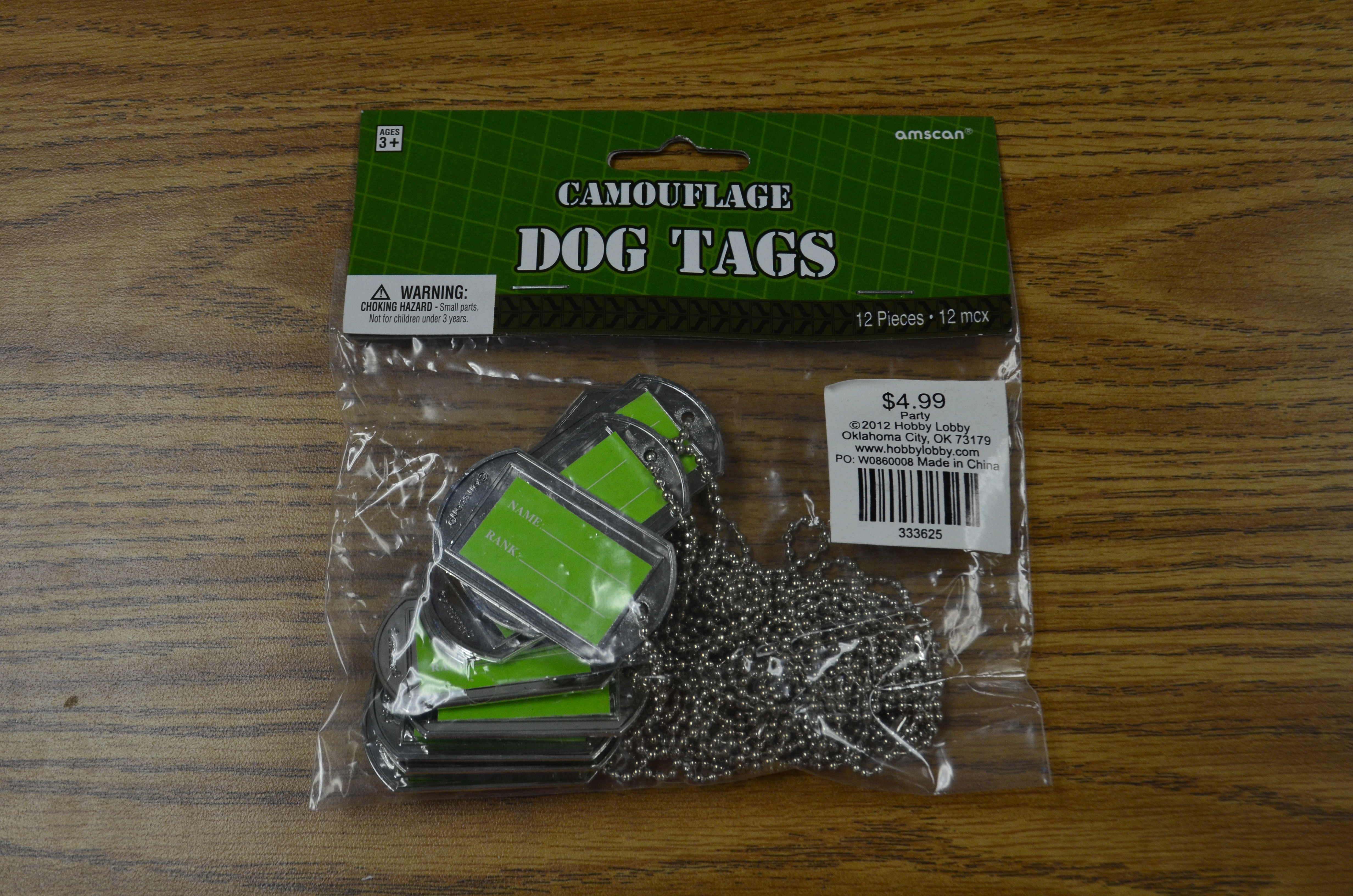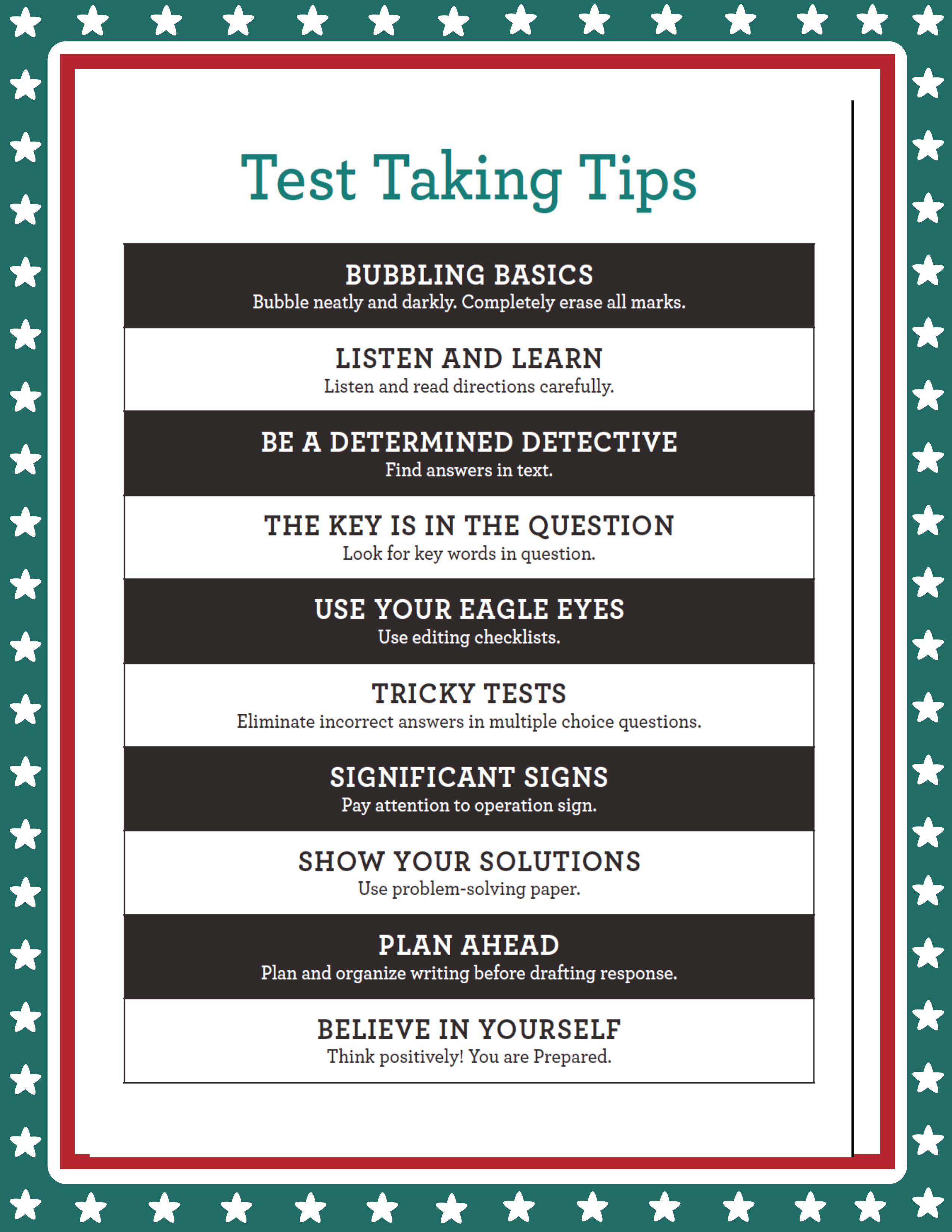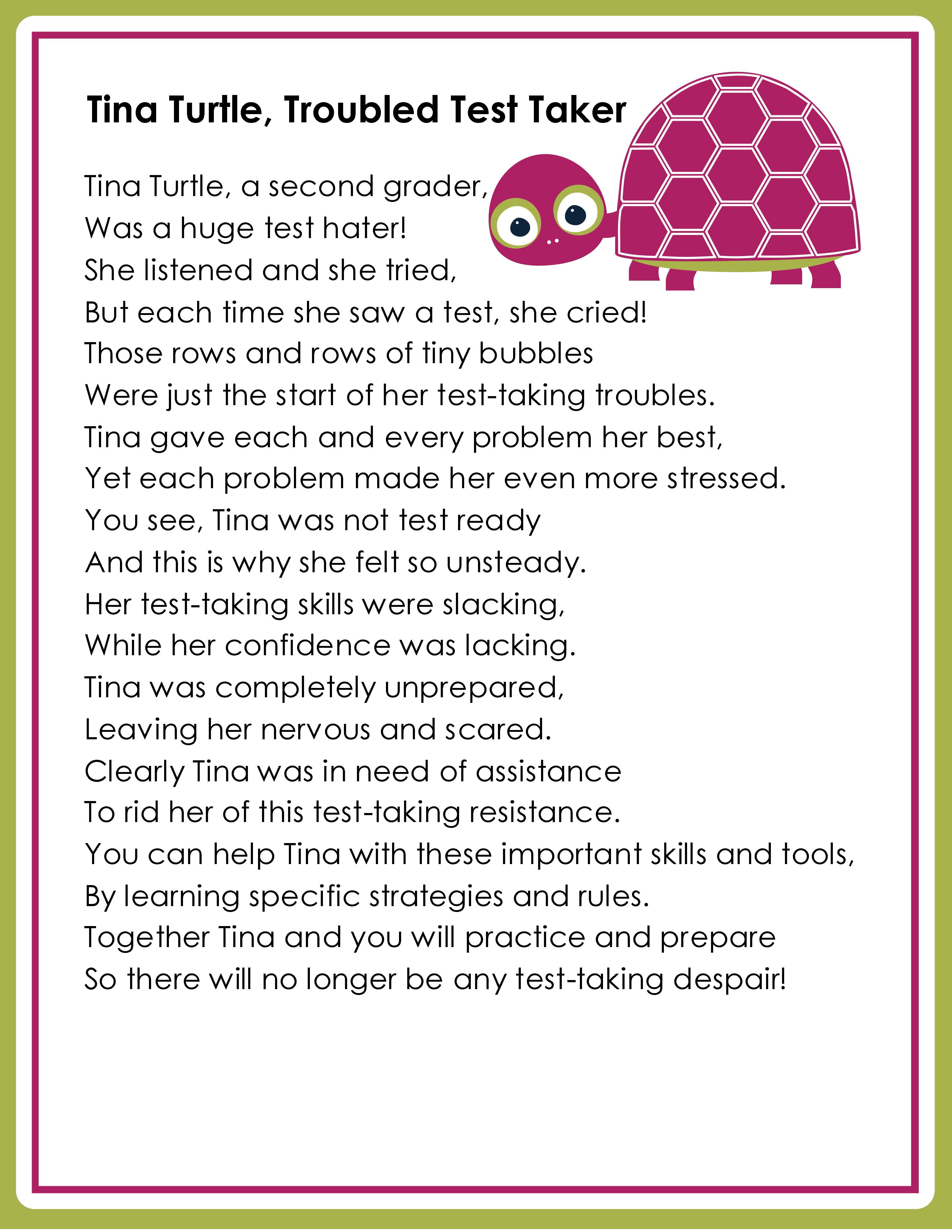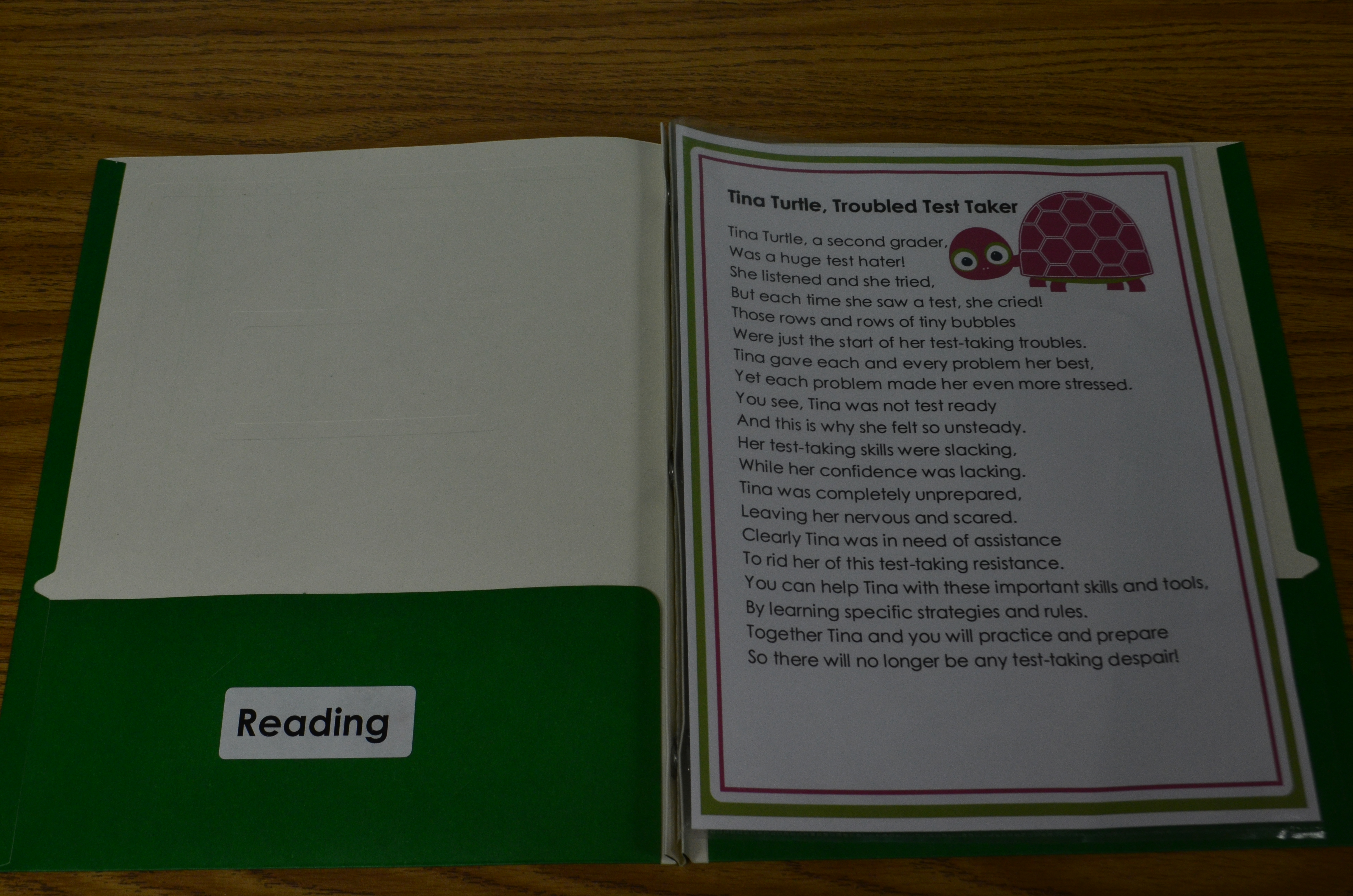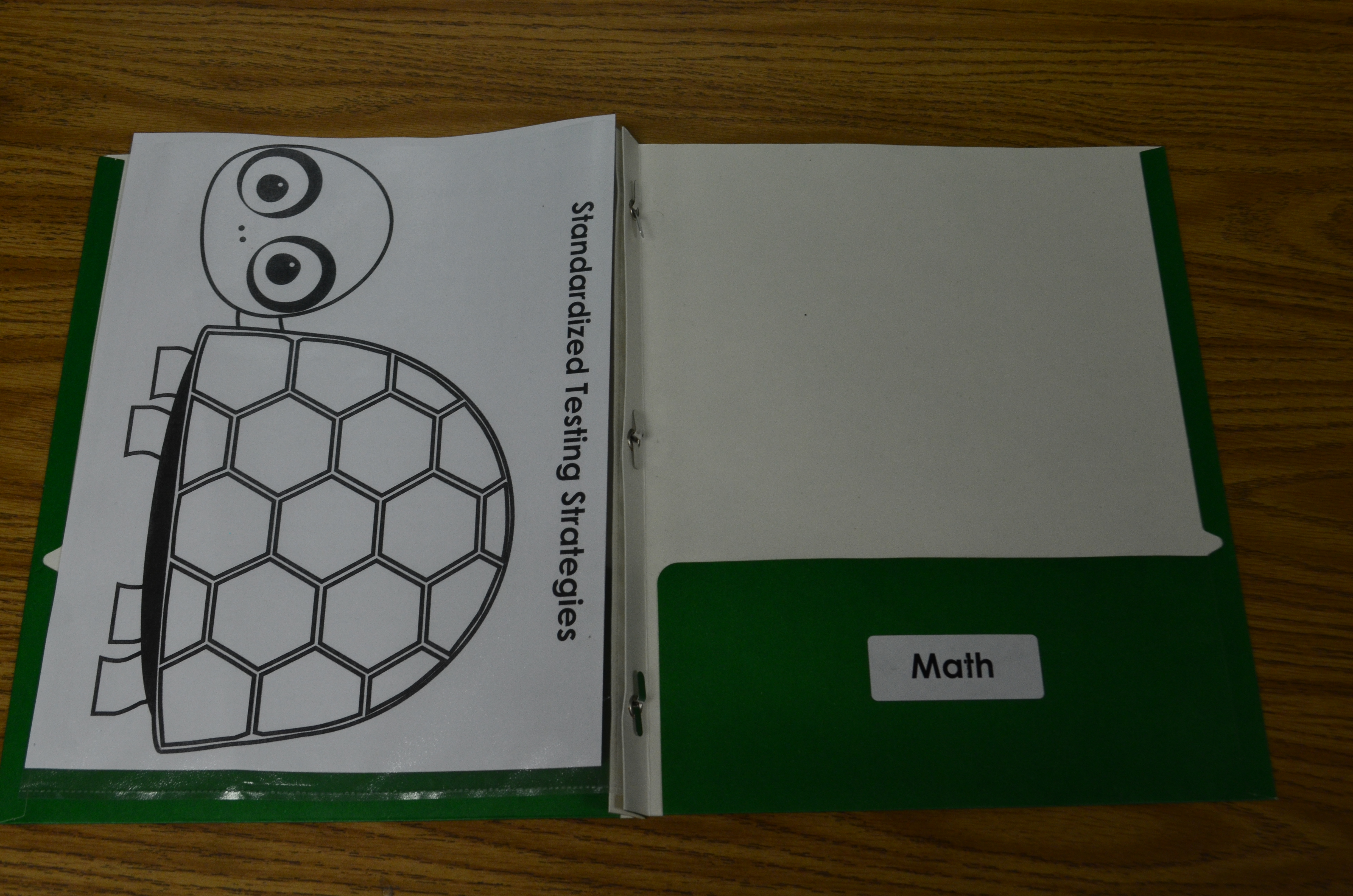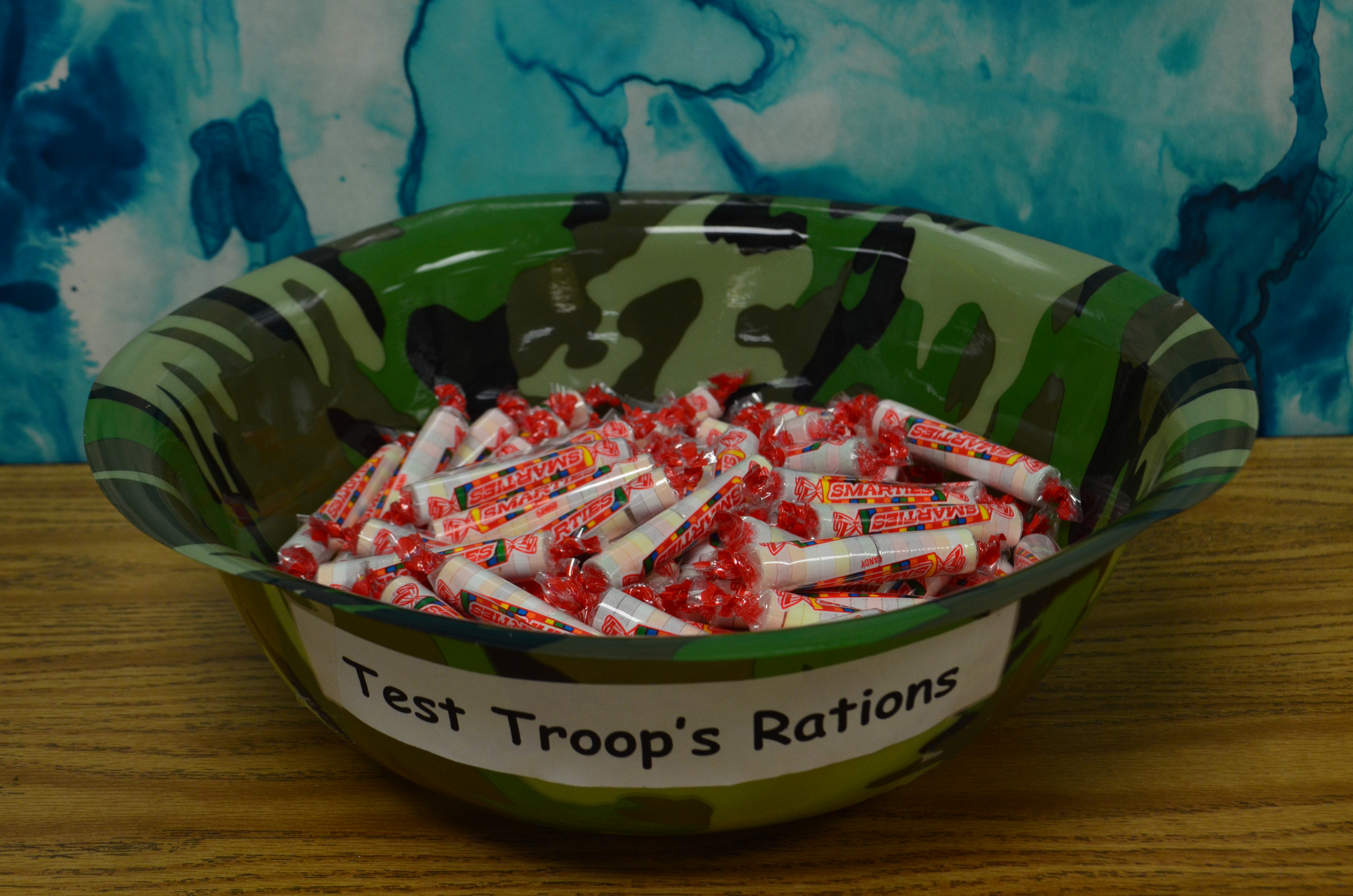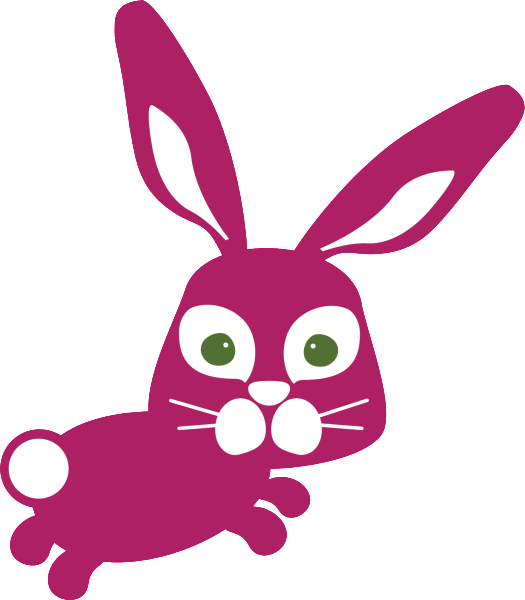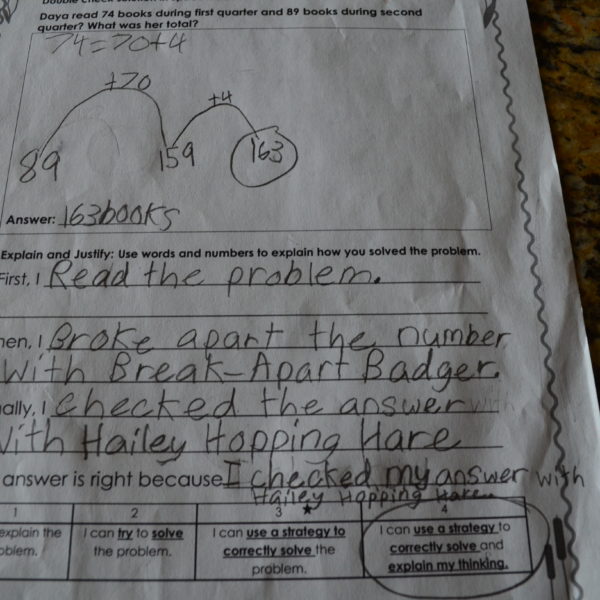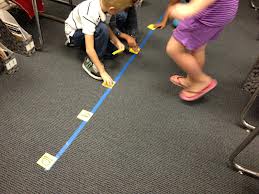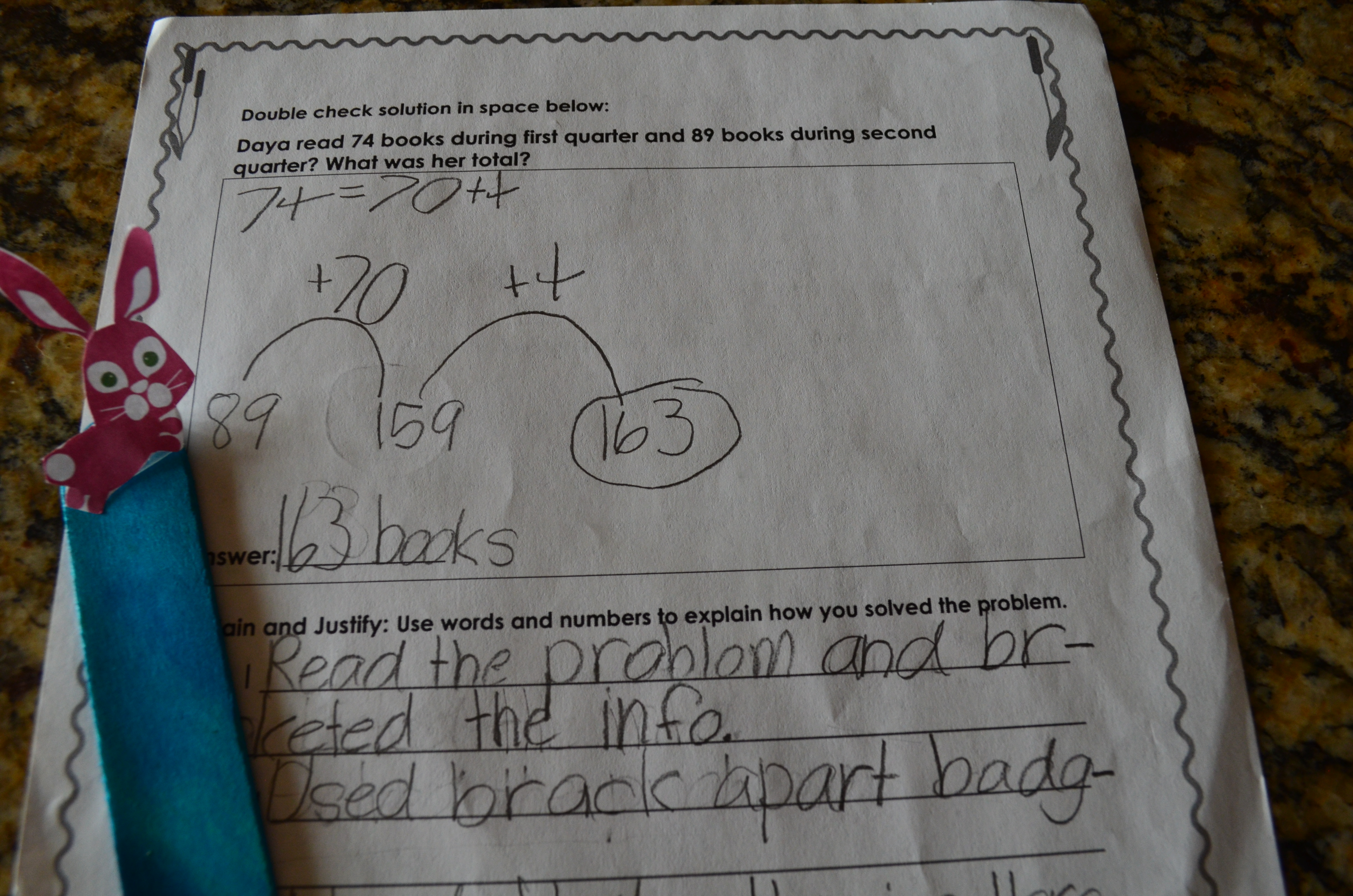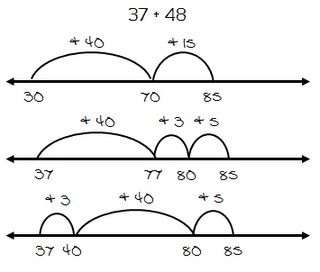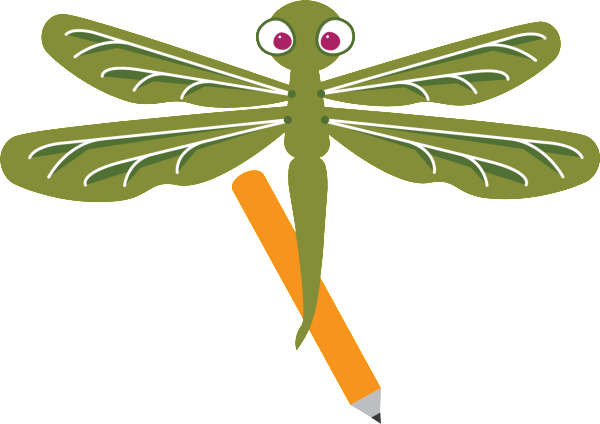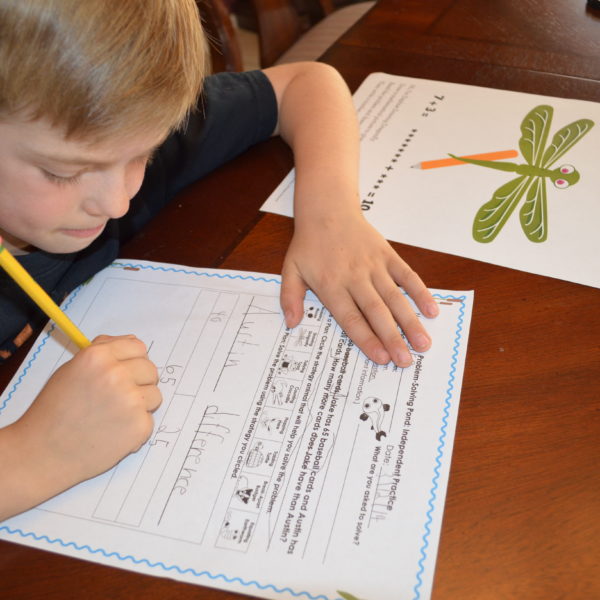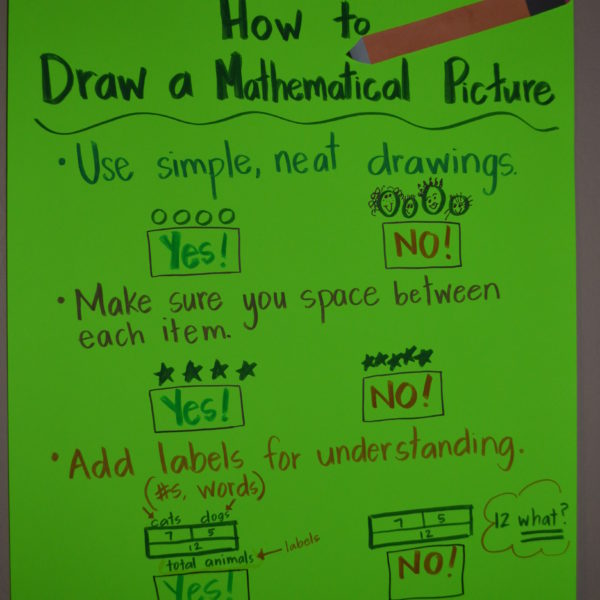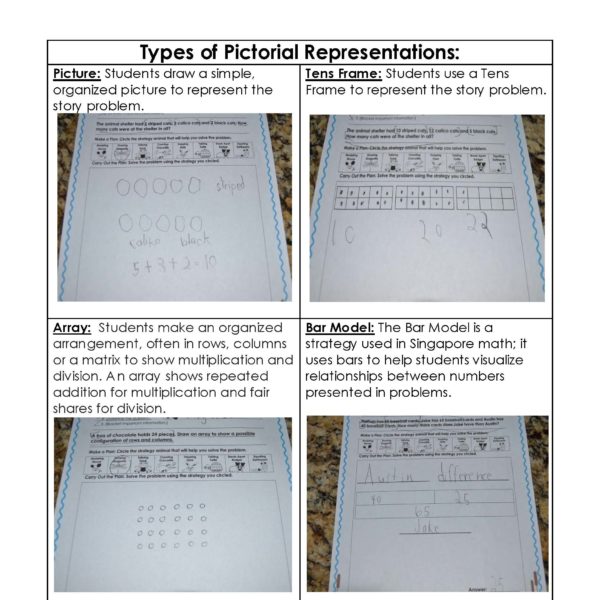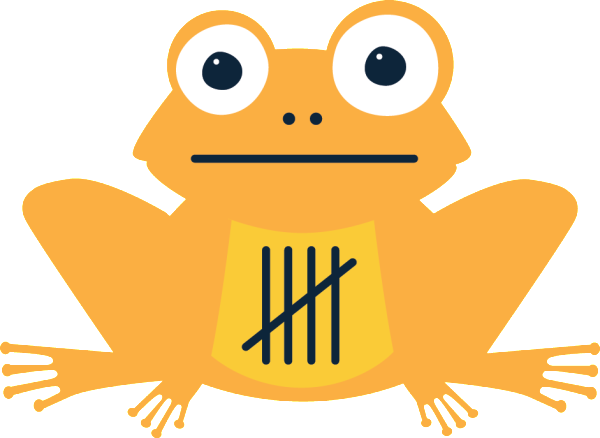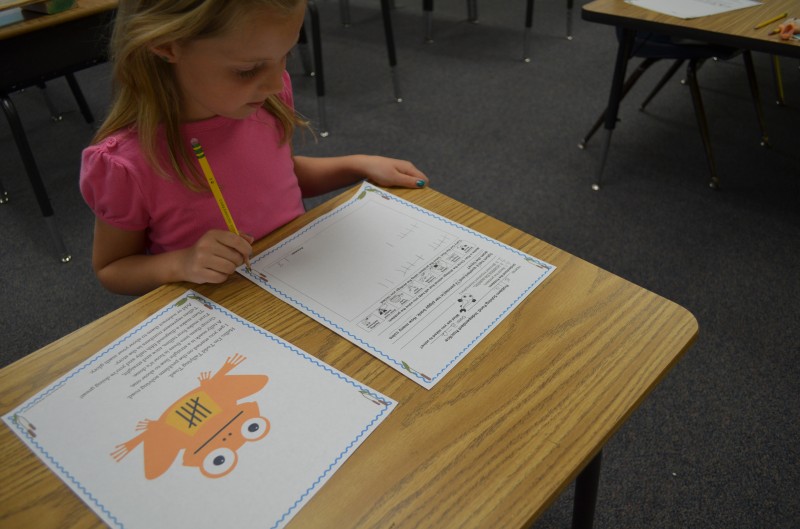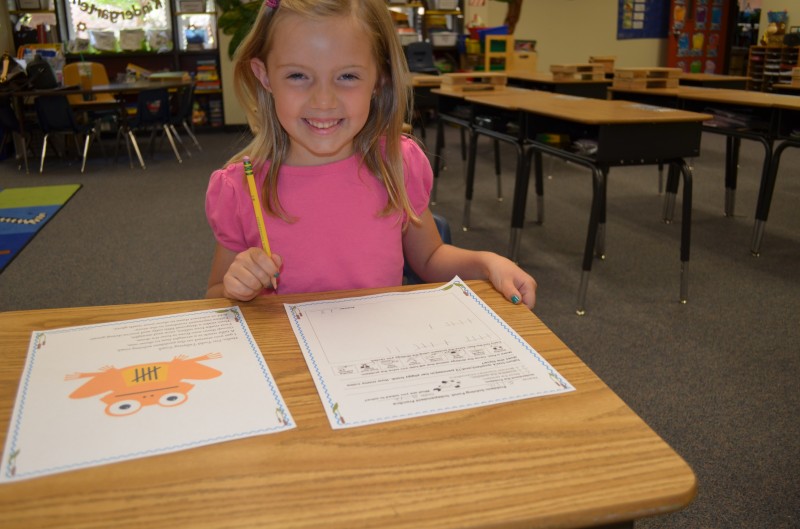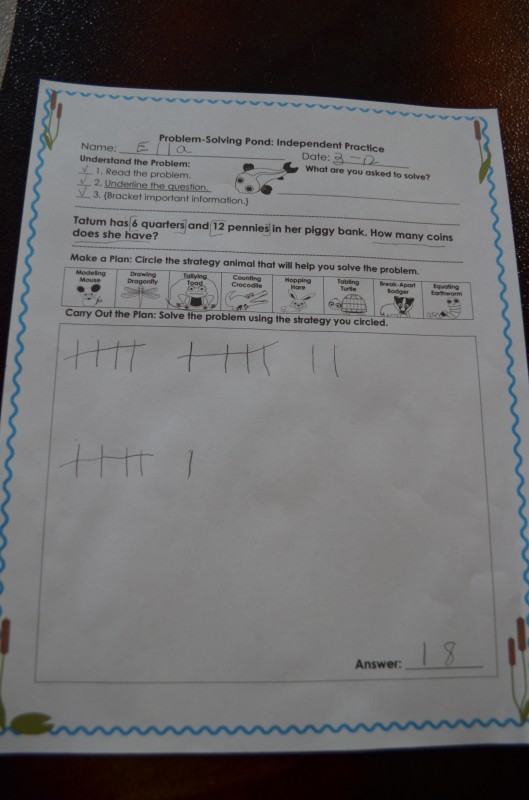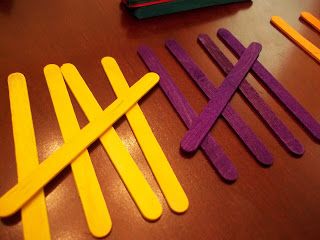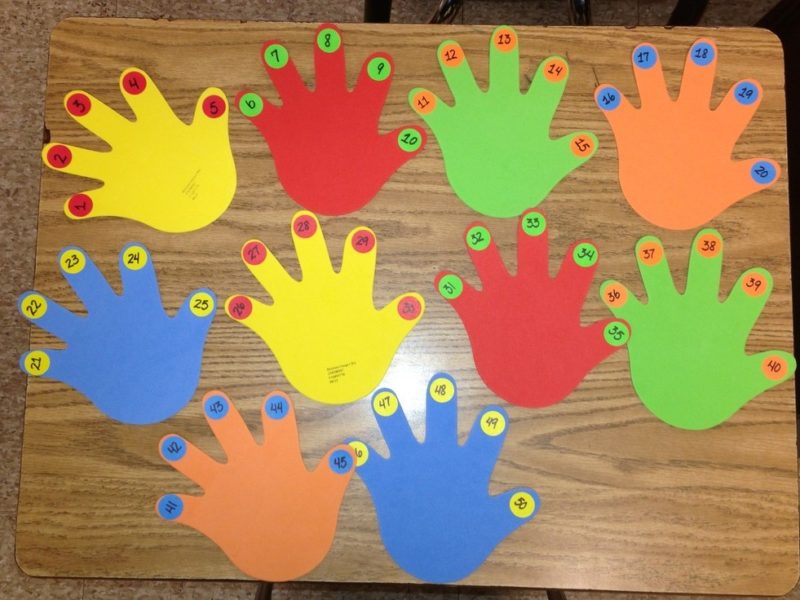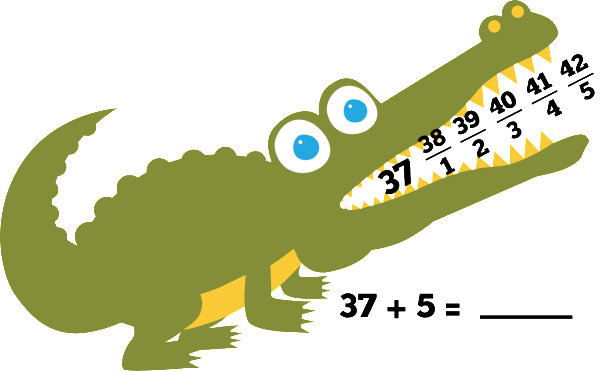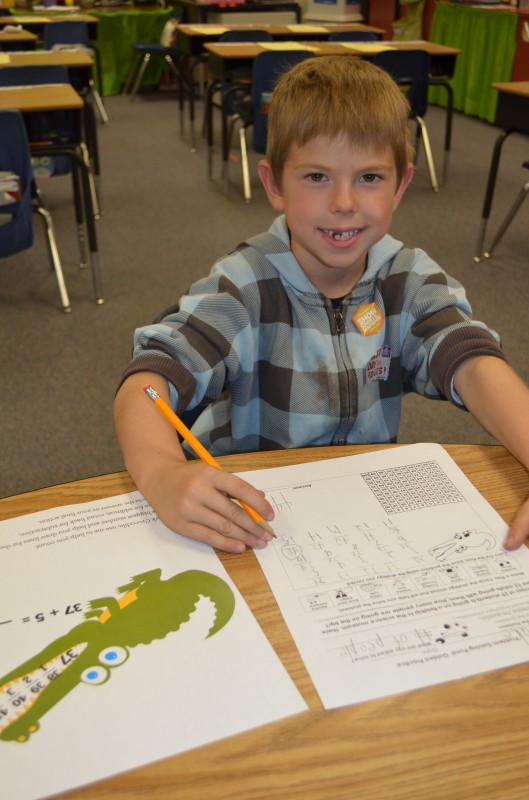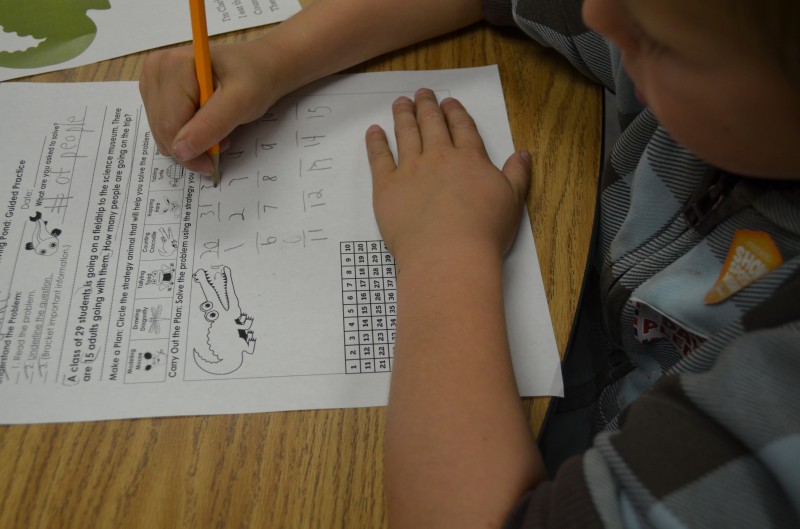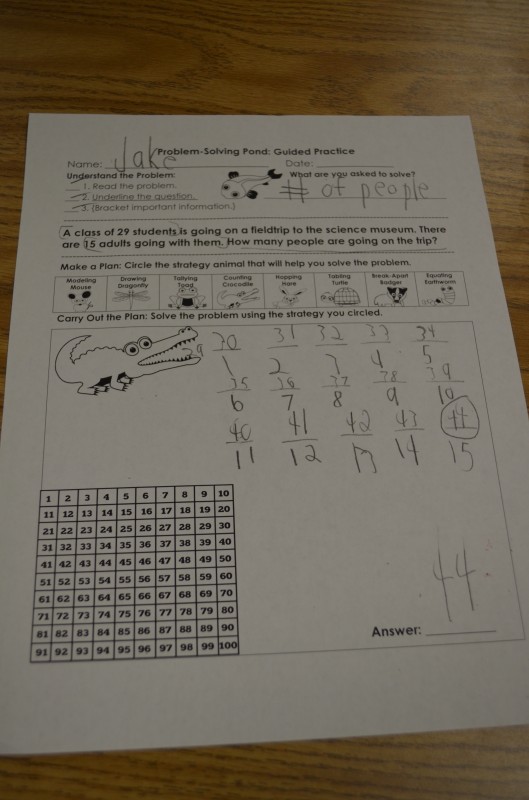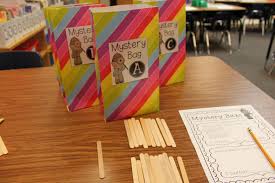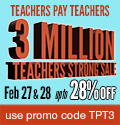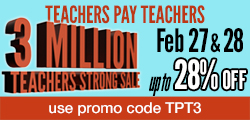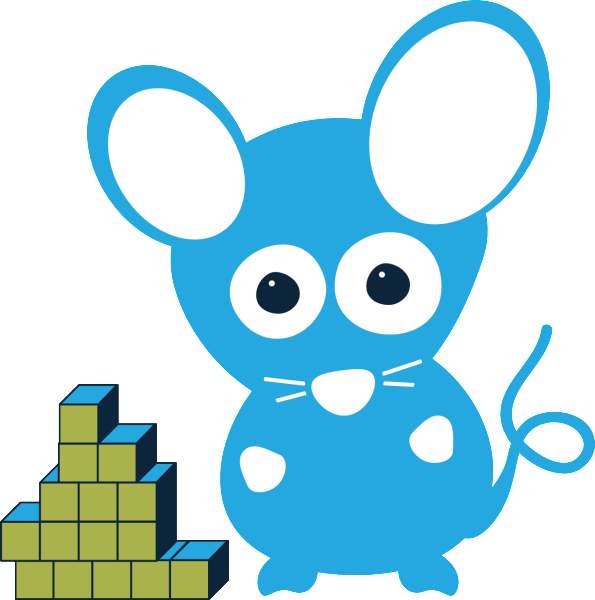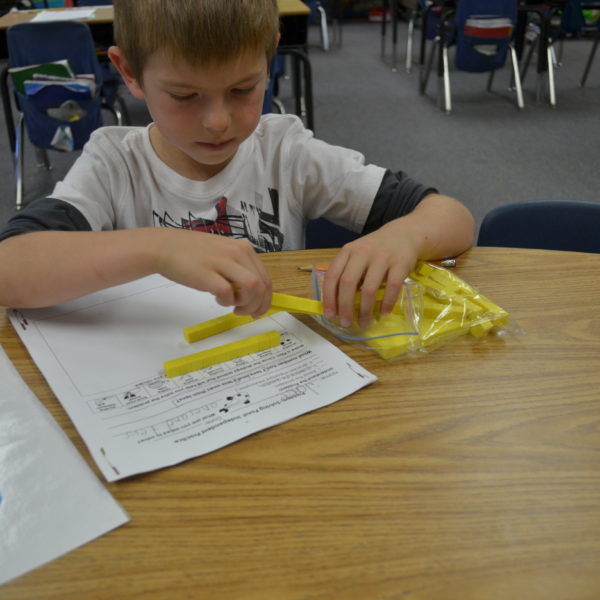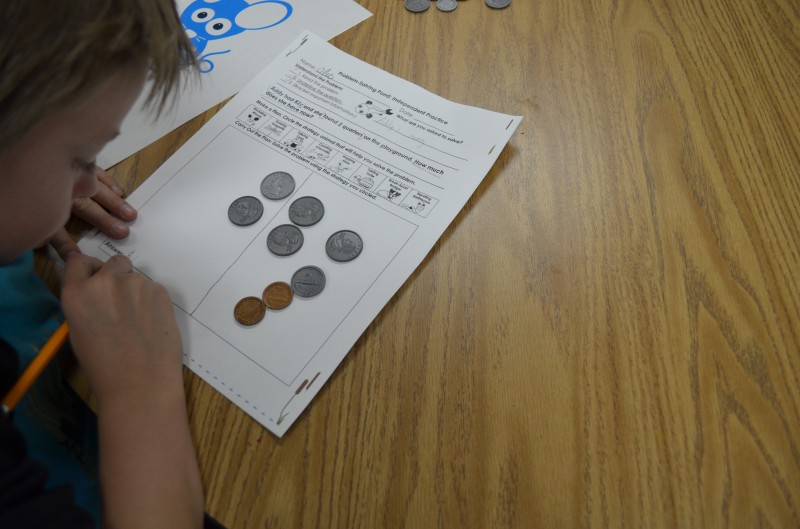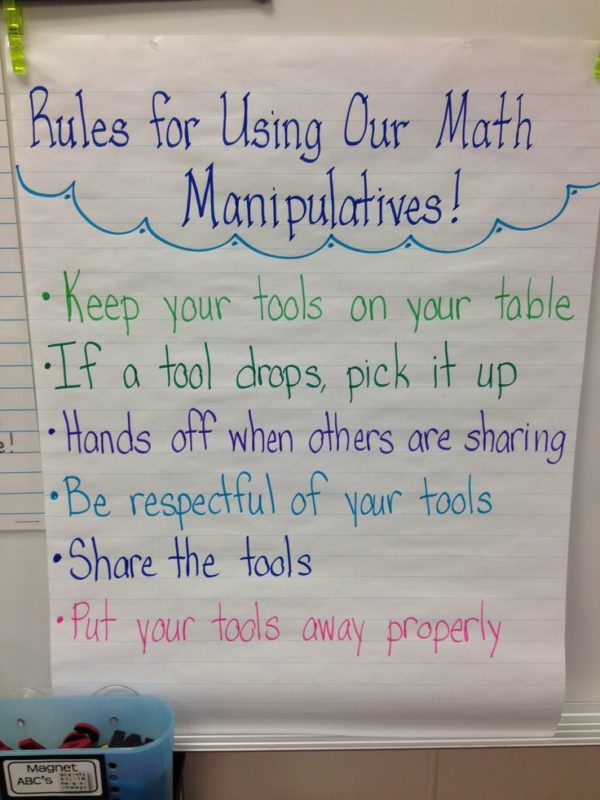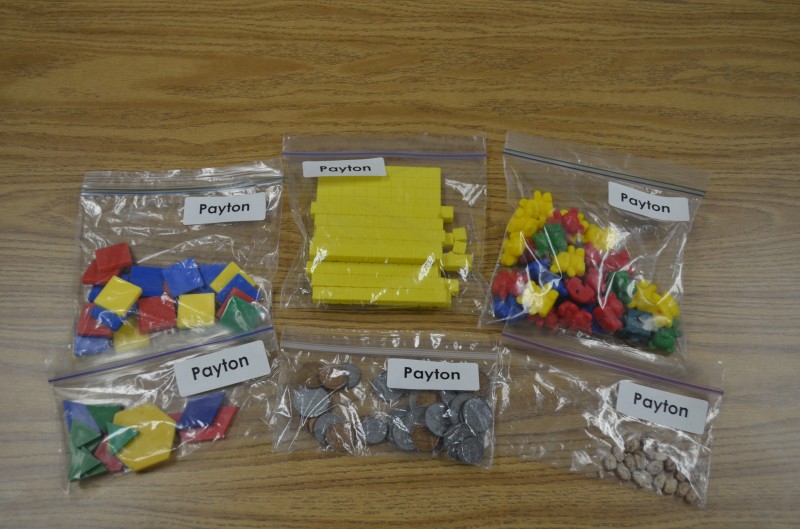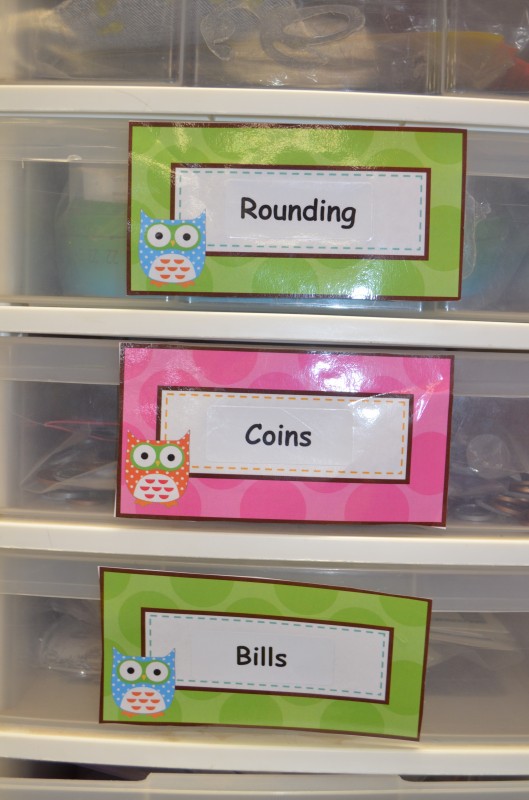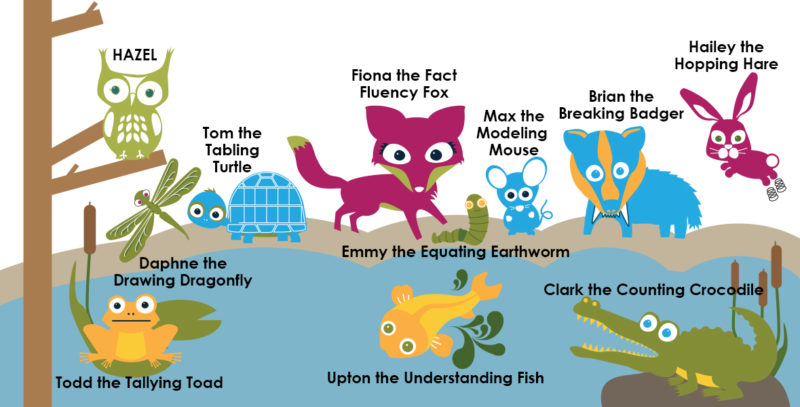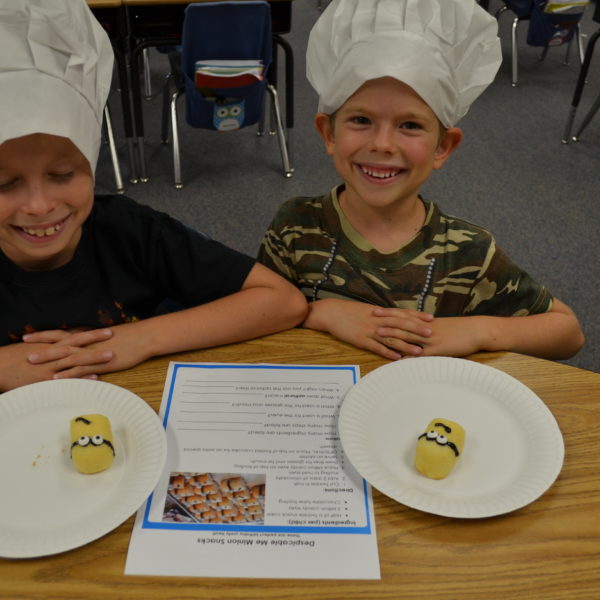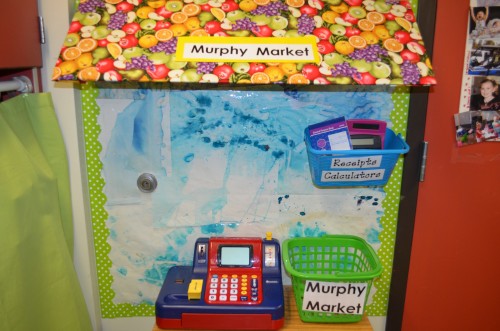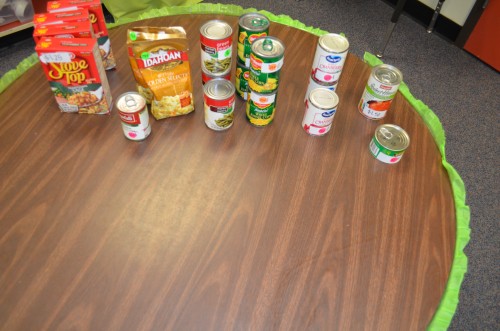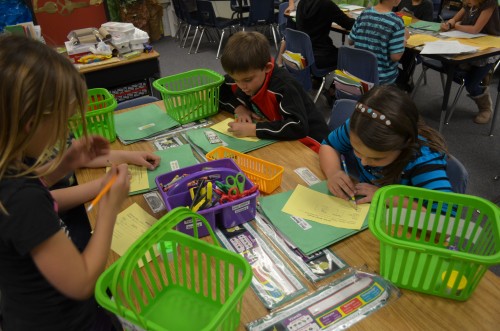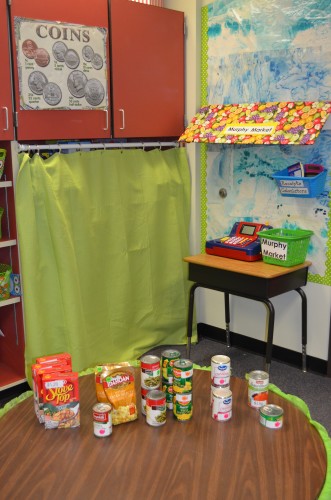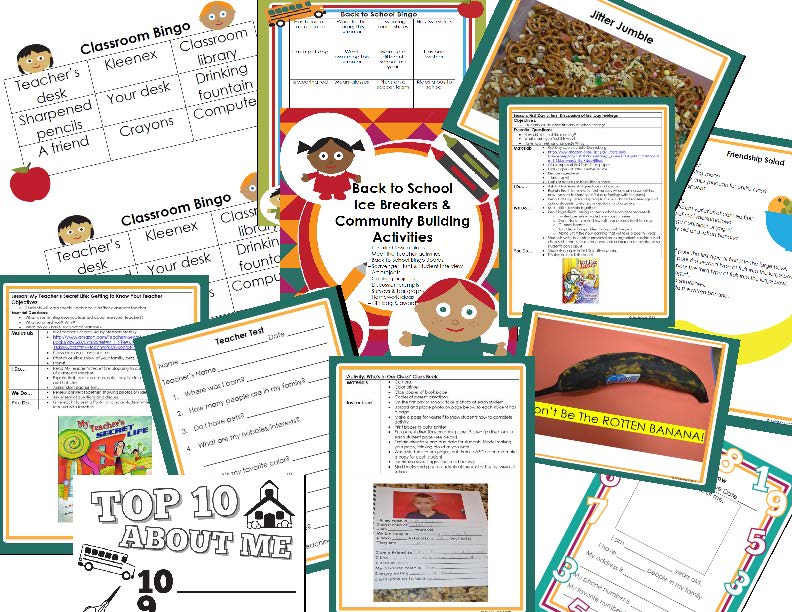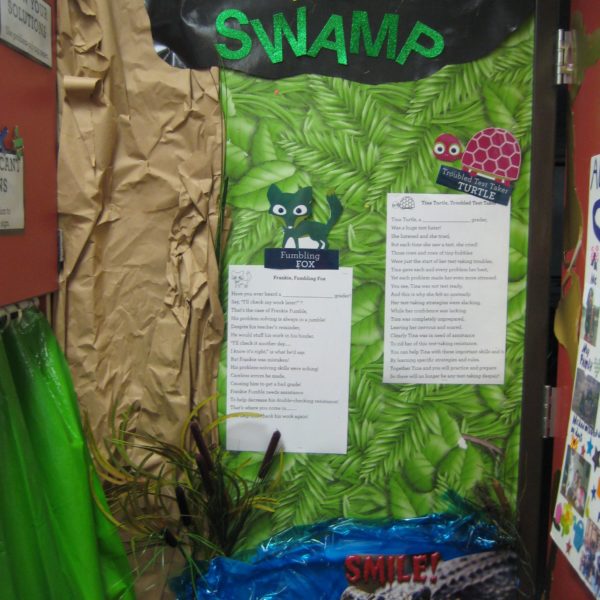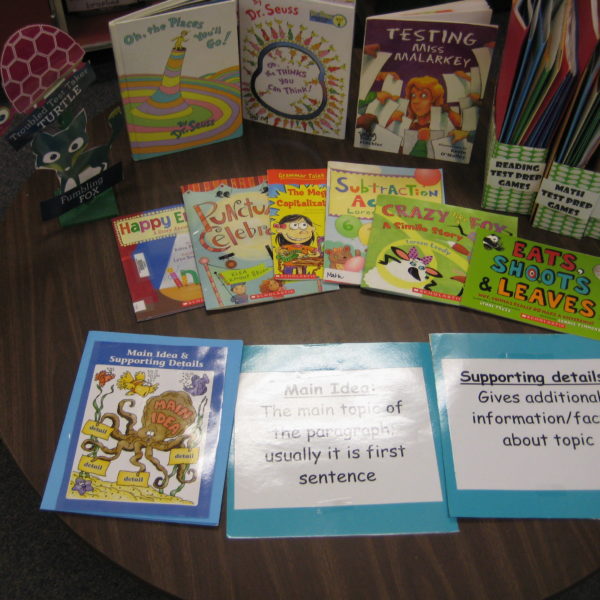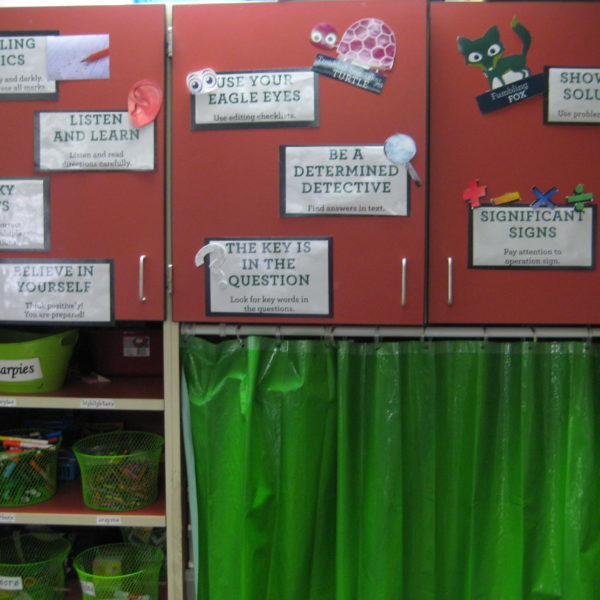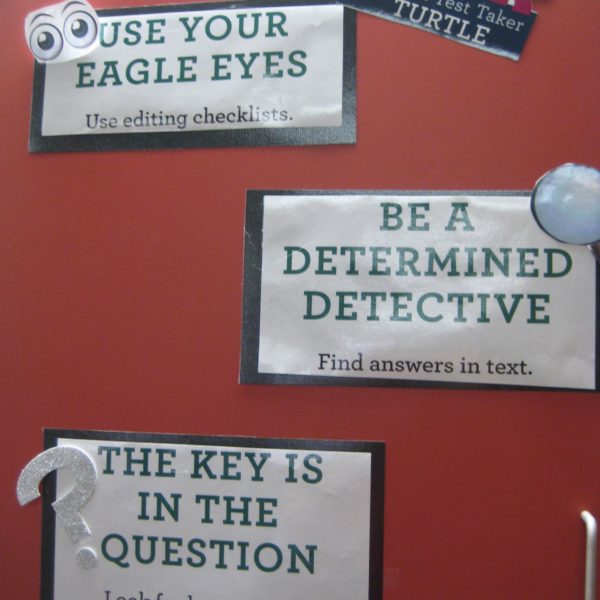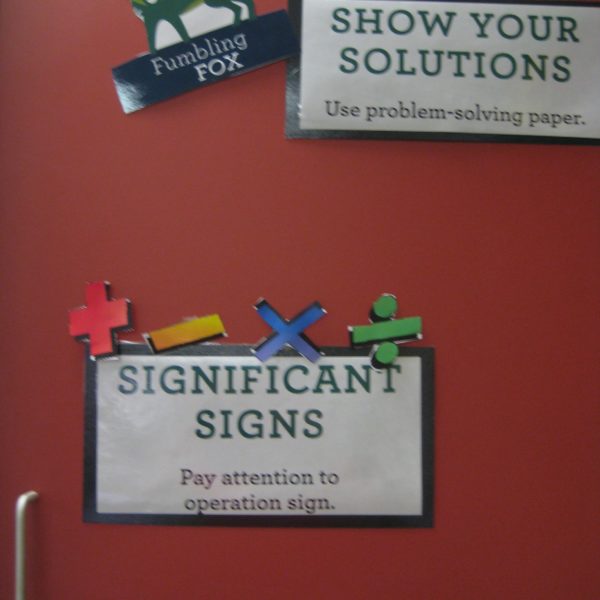5 Secrets to Successful Test Prep
Just the mention of standardized testing causes major anxiety for both students and teachers. These 5 secrets of successful test prep, along with our complete Standardized Test Prep Unit, will alleviate angst, strengthen skills, promote self-awareness and build confidence.
Create an engaging test prep theme. After spring break, my class is transformed into Test Prep Troops. I decorate the classroom with camouflage flair including a special sign on door and camouflage test prep bulletin board that displays learned test taking strategies. We learn a Test Prep Chant (to the tune of traditional military cadence) that we perform before each practice session. Students also use special camo pencils and wear personalized dog tags during testing. These inexpensive camouflage items can be found at your local party store.
Teach specific test taking strategies. Before I start test prep, I select the strategies I want to teach and the order in which to teach them. Since my second grade students are new test takers, I start with Bubbling Basics and have them practice making neat, bubbled answers on a bubble sheet. Listen and Learn is the second strategy I introduce because students have to listen carefully as most of the Stanford 10 standardized test is read-aloud. We play Simon Says and other games that focus on following directions to practice this skill. The rest of the strategies are taught while completing specific test prep practice. Be a Determined Detective and The Key is in the Question are perfect strategies to teach during reading comprehension practice passages. Show Your Solutions and Significant Signs are ideal for math computation practice. I post the strategies in a prominent place in the classroom and refer to them during test prep time. Download our complete Standardized Test Prep Unit here.
Encourage reluctant test takers. Testing can cause major anxiety for students; relieve this pressure with Tina Turtle, Troubled Test Taker. Introduce Tina with her rhyming poem; discuss her anxious feelings and help the class make connections to their own testing experiences. Explain that students have one important job— to teach Tina the test-taking strategies and tools needed for success. Each student gets a copy of Tina with blank scales; they are blank because she is lacking testing strategies. Students will teach Tina new strategies and record them on her scales; by the time Tina takes the test, her scales will be covered with strategies. Together Tina and the class will become confident, prepared test takers.
Store test prep in an important place. Create special test prep folders to house strategies and practice tests. Simply use 2 pocket folders with prongs; label one pocket “Reading” and one pocket “Math”. Put Tina and her poem in a plastic sleeve inside the folder; students can refer to her poem and fill out her scales during each practice session. Glue the Test Prep Chant and Test Taking Tips on the front and back of each folder.
Include motivational rewards. Since my class is the Test Prep Troops, I give a special ration at the end of each session. This can be a Smartie (for smart students), pencils, stickers, etc. Pick a reward that your students will enjoy; parents can help donate these items as well.

